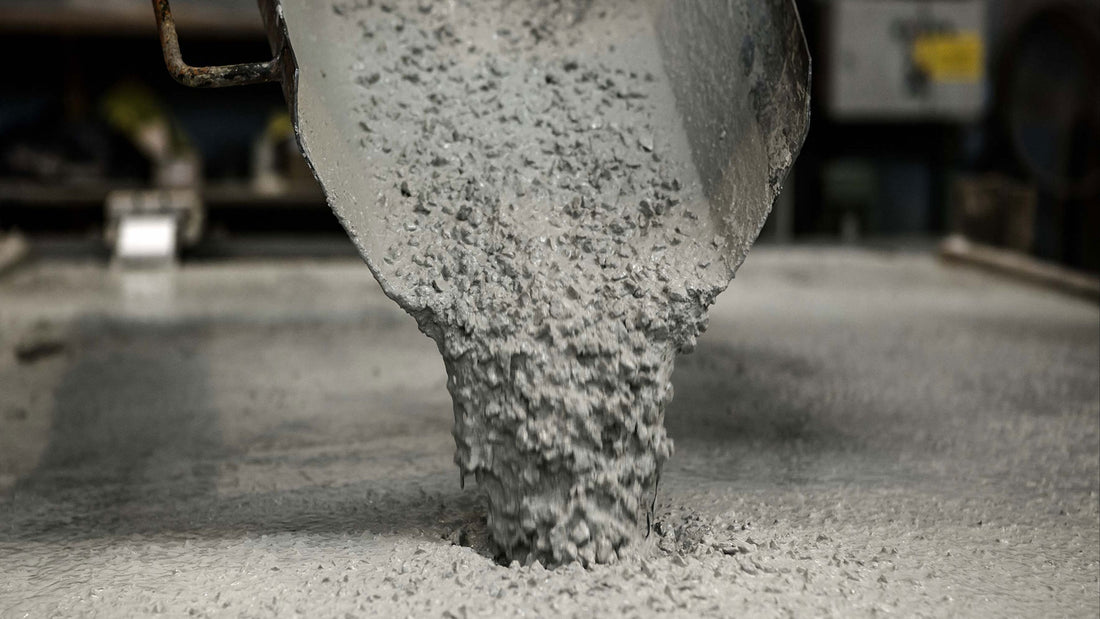The use of additives to modify the properties of cement-based materials is a well-known technique for speeding up works, especially for civil engineers. Water-reducing admixtures, in particular, are gaining importance as a cost-effective solution for reducing the amount of water required in concrete mixes, resulting in faster curing and greater durability of the resulting material.
In this blog article, we discuss the key benefits of using water-reducing additives and how these products can help civil engineers achieve their goals.
Water-reducing admixtures are recommended to reduce the tendency of excessive bleeding and to avoid excessive cement content at a given water/free cement ratio in the required consistency class. Depending on the cohesion of the fresh concrete, it is essential to select the correct water-reducing admixture: for mixtures that exhibit excessive bleeding and/or segregation, those intended to improve cohesion and occasionally entrain a small amount of air should be used. Water-reducing admixtures, which reduce water viscosity and disperse cement particles through deflocculation, are, however, advantageous for cement-rich concrete with a sticky mortar phase.
What is a water reducing additive?
The use of water reducer leads to a reduction in the amount of water in the concrete mix. This reduces the water-cement ratio if the cement content remains the same. Furthermore, we can maintain the same slump and workability of the concrete even by reducing the amount of water.
When the water-cement ratio is low, the compressive strength of concrete increases and the low permeability is reduced.
Water-reducing additives can be divided into three main categories.
- Conventional water reducers
This is the most common type of additive in this category and reduces water consumption by approximately 5 to 10%. Delays may occur with high dosages.
- Mid-range water reducer
There would be no delay in high dosages, as happens with conventional concrete, and water consumption would be reduced by around 6 to 12%.
- Reduced ranged water
It is a new generation additive and is very sensitive to the conditions of the materials used in the concrete. This type of additive reduces the amount of water by 12 – 40%.
If we use these Additives this must be done with great care. We perform test mixes before starting the project. During trial mixing, aggregate, cement and water users must remain unchanged during construction. If we use aggregate, fine and coarse aggregate, it would change the properties of concrete when water reduction is in a high range.
Therefore, special attention must be paid to incompatibilities.


Use of additives
Water-reducing admixtures are added to concrete mixes to increase the hydration rate, or the rate at which concrete sets and hardens. By reducing the amount of water required in the concrete mix, these additives can help improve the strength and durability of the resulting material. Additionally, water-reducing admixtures can also help improve the workability of concrete, making it easier to pour and place.
One of the main benefits of using water-reducing additives is that they can help speed up the construction process. By reducing the amount of water needed in the concrete mix, these additives can help reduce curing time and allow civil engineers to move on to the next phase of construction more quickly. Additionally, these additives can also help improve the quality of the finished product by helping to prevent cracking and shrinkage.

